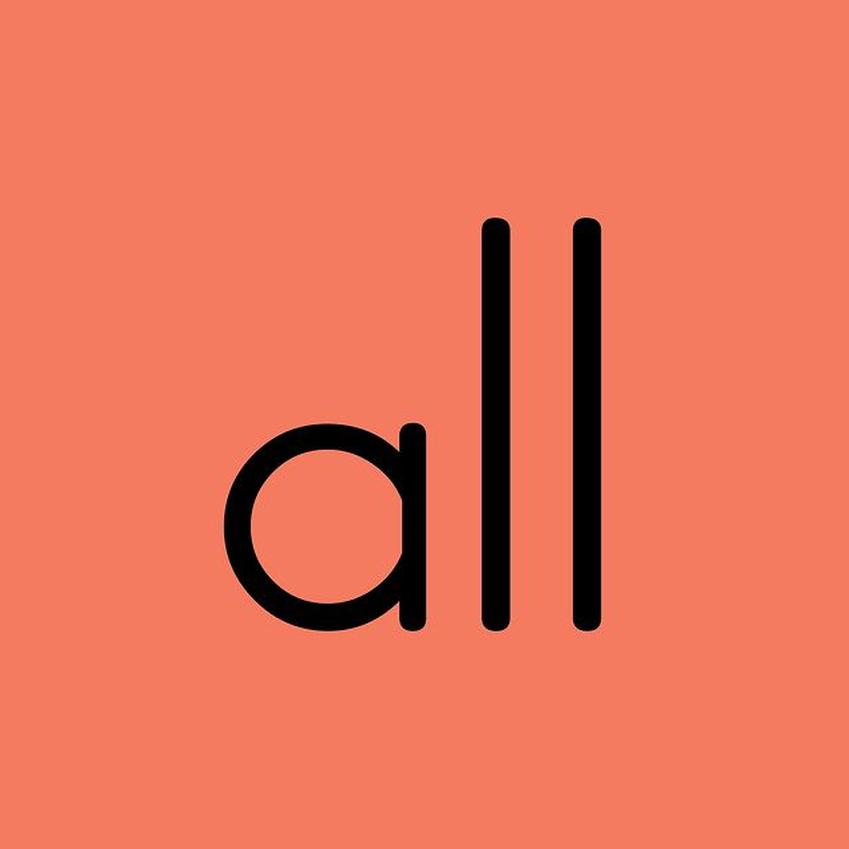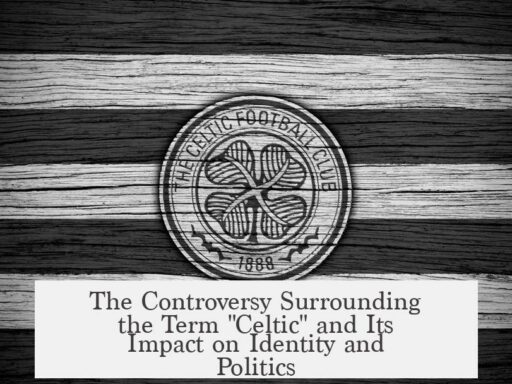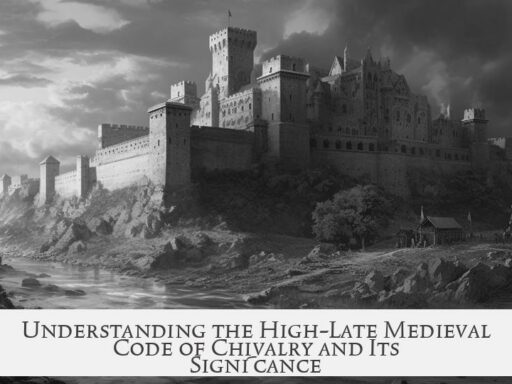The “it was all a dream” plot device begins prominently in the Spanish Golden Age around 1600 A.D., notably with Pedro Calderón de la Barca’s play La Vida es un Sueño (“Life is a Dream”). This era marks the first clear use of a personal, subjective false reality within a narrative framed explicitly as a dream. Earlier references to dreams and false realities exist, but Calderón’s work gives the plot device its distinct modern character.

Dreams in antiquity often had metaphysical or allegorical significance rather than being personal fabrications. Plato’s Parable of the Cave (4th century BCE) explores perceptions of reality and illusion. This allegory questions the nature of truth as the cave’s prisoners mistake shadows for reality, echoing themes of false awareness but not as a straightforward “it was all a dream” twist.
Similarly, classical literature presents dreams as messages or divine interventions. For example, Ovid’s Metamorphoses introduces Morpheus, the god who shapes dreams to deliver meanings. Roman comedies such as Plautus’ Amphitryon depict gods tricking mortals by assuming their forms, blurring identity but not fully embracing the dream as a narrative reset device.

Medieval literature adopts the “dream-vision” tradition, presenting stories as authorial dreams but with heavy allegory and moral teaching. William Langland’s Piers Plowman (c. 1360–87) uses this, embedding symbolic truths within a dream framework. However, these are public, communal messages rather than private mistaken realities.
The Spanish Golden Age refines the idea, shifting dream usage from collective or divine realms to the subjective, internal experiences of individuals. Calderón’s Life is a Dream (1635) dramatizes Prince Sigismund’s uncertainty about what is real and what is dreamt. The play uniquely positions the audience as knowing much more than the protagonist, reversing typical narrative expectations. The prince suffers imprisonment and illusion, awakening only to doubt his existence, blurring the line between lived experience and dream state.

In a similar vein, Miguel de Cervantes’ Don Quijote (early 1600s) explores self-created reality. Don Quijote lives in a world shaped by his imagination, presenting a lasting literary example of subjective false reality without clear resolution. This layered narrative highlights social change and the malleability of truth.
Technological shifts like the rise of print culture and typography facilitated this narrative focus. Marshall McLuhan highlights how printing allowed the emergence of private worldviews. With printed texts, readers access individual psychological perspectives—necessary for the modern “it was all a dream” device to resonate as a personal revelation rather than a collective myth or teaching.

English literature also experiments with dream narratives, although generally less as plot twists and more as framing devices. Shakespeare’s A Midsummer Night’s Dream (1590s) famously ends with Puck suggesting everything was a dream. Yet this functions more as a gentle epilogue than a hard narrative reversal.
In the 19th century, Ambrose Bierce’s short story Occurrence at Owl Creek Bridge (1890) uses the dream or hallucination motif as a late-example of the device. The protagonist’s escape and return to reality are revealed illusory moments before death, blending psychological uncertainty with narrative impact.

The use of dream devices escalates in 20th century mass media, especially television. The late 1980s and 1990s witness overuse in popular shows like St. Elsewhere, Newhart, Married with Children, and Dallas. While initially innovative, repetitions led to audience fatigue and backlash. Critics argue the device acts as “narrative cheating,” allowing plot resets without consequences.
| Period | Notable Work | Role of Dream Device |
|---|---|---|
| Antiquity | Plato’s Parable of the Cave | Allegory of false reality, philosophical metaphor |
| Antiquity | Ovid’s Morpheus; Plautus’ Amphitryon | Dreams as divine messages or gods’ tricks |
| Medieval Era | Piers Plowman | Dream-vision for allegorical teaching |
| Spanish Golden Age (~1600) | La Vida es un Sueño, Don Quijote | Individual false reality; subjective dream narrative |
| 16th c. England | A Midsummer Night’s Dream | Dream as framing, suggestive closure |
| Late 19th c. | Occurrence at Owl Creek Bridge | Psychological dream as narrative twist |
| 20th c. TV | Various series finales | Plot device overuse, narrative reset |
Key concepts:

- Early dreams represent metaphysical or divine knowledge, not private error.
- Medieval dream-visions link to allegory, not personal false realities.
- Spanish Baroque literature initiates the “it was all a dream” as a personal, subjective plot twist.
- Print culture enables private perspectives reinforcing this device’s impact.
- Modern media popularizes and overuses the device, leading to audience rejection.
When Did the “It Was All a Dream” Plot Device Begin?
Simply put, the classic “it was all a dream” plot device traces its roots back to the Spanish Baroque era, around 1600 A.D. But, like any good story, the origins stretch their fingers far deeper into human history, and those roots wind through philosophy, mythology, and literature before blossoming into the trope we chuckle or groan at today.
Grab your thinking cap and let’s explore how this seemingly annoying but captivating narrative trick came to be—and why it’s more than just a lazy ending!
Dreams, Illusions, and False Realities: The Ancient Foundations
Long before TV finales or the punchlines of sitcoms, humans wrestled with the nature of dreams—not just as random night fuzz, but as windows into deeper truths or metaphysical realms. Imagine sleeping not just to rest your weary head but to receive messages from gods or spirits.
The ancient Greeks, for instance, contributed some of the earliest ink on false realities. Plato’s Parable of the Cave (yes, that old chestnut from his work titled “The Republic”) metaphorically describes prisoners mistaking shadows on a wall for reality. It’s not a “dream” in the strict sense, but it’s an early philosophical idea of false perception—a shaky foundation for our modern “dream” trope.
Did Plato inspire Hollywood? Maybe not directly, but his question “What is reality?” profoundly shaped later dream narratives.
Then there’s Ovid’s Metamorphoses. Here the god Morpheus shapeshifts within dreams to deliver messages. Dreams are not mere figments but divine communications. This blend of mysticism and reality suggests people once took dreams with deadly serious weight.
In the realm of the stage, Plautus’s Amphitryon pushed the envelope. In it, gods Jupiter and Mercury impersonate humans, creating confusion and madness—an early theatrical twist on false identity and reality’s slippery nature. It smacks of the dream illusion device at work, but without the explicit “it was all a dream” reveal we recognize today.
The Middle Ages and the Dream-Vision Genre
Fast forward to the 14th century, where the dream-vision genre flourished. Take Piers Plowman (~1360–87), a poem framed explicitly as a dream. Writers of this era often cloaked social or spiritual commentary in dream allegories.
Isn’t it fascinating? Even then, authors suspected dreams contained disguised truths. This wasn’t a lazy excuse—it was a deliberate technique to explore hidden realities through the “false” façade of a dream.
The Spanish Golden Age: Birthplace of the Modern “It Was All a Dream”
Now let’s zero in on the real turning point: the Spanish Golden Age (El Siglo de Oro), around the 1600s, when literature embraced the private, individual dream—a false reality unfolding solely within the mind of a character.
Pedro Calderón de la Barca’s La Vida es un Sueño (Life is a Dream, 1635) stands out as a landmark work. The prince Sigismund spends much of the play locked away in a tower. When released, he believes his experiences might have been a dream designed to test him. Here, the audience knows what’s real, but Sigismund doubts it. This reversal complicates the “it was all a dream” device—presenting it not as a cheat, but a philosophical puzzle about reality and illusion.
Then there’s Cervantes, whose Don Quijote is arguably the first major character to live fully inside his own self-created false reality. Quijote’s delusions clash hilariously with the consensual world. Cervantes plays with the idea that reality is fluid and constructed, constantly rebuilt by perception—exactly the kind of mindset that fuels the “it was all a dream” trope. It’s not about cheat endings but about questioning the truth itself.
Interestingly, the rise of typography during this era also fueled the dream device’s popularity. Marshall McLuhan pointed out that the Gutenberg press helped cultivate private perspectives. Unlike oral storytelling, print allowed readers to experience individual points of view, planting the seeds for narratives built on personal, idiosyncratic “dreams” or impressions.
Shakespeare’s Dream Interlude: A Soft Spotlight
English literature didn’t miss out. Shakespeare’s A Midsummer Night’s Dream (1590s) uses the dream framing device gracefully. Puck’s closing lines remind us that the play’s fantastical events were just “a dream” of the characters or the audience:
“If we shadows have offended, think but this; And all is mended, that you have but slumbered here, While these visions did appear.” — Puck
Shakespeare doesn’t use “it was all a dream” as a cheap retreat but as an invitation to wonder about perception and imagination. It’s an early respectful nod to the narrative potential of dreams.
19th Century: Ambrose Bierce and Narrative Ambiguity
Jump ahead three centuries, and Ambrose Bierce turns the dream device into a modern narrative twist in Occurrence at Owl Creek Bridge (late 1800s). A man seemingly escapes execution, but Bierce leaves readers doubting reality, showing how dreams can serve ambiguous storytelling. This technique influences countless later stories that toy with what’s real—or just dreamed.
Late 20th-Century Overkill and Audience Backlash
Let’s not pretend the “it was all a dream” device hasn’t earned some bad rep. In late 20th-century US television, the trope became a crutch, especially during the 1980s and 1990s. Take the finales of St. Elsewhere and Newhart, where entire series were retroactively explained as dreams. Even entire seasons of shows such as Married with Children and Dallas fell victim to this narrative trick.
So why the backlash? Simply put: if dream endings get overused, they spoil the payoff. Fans felt “cheated” when dramatic plot twists evaporated as just dreams. Dream sequences became the ultimate “get out of jail free card”—allowing writers to create drama without consequences.
While dream-sequences can open daring narrative avenues, they risk feeling like lazy storytelling if employed solely as resets or plot wipes. That’s the double-edged sword of a device born centuries ago as philosophical meditation now abused as a storyline cop-out.
Why Does This Matter? Why Should You Care?
Knowing the history of this plot device matters because it sheds light on how storytelling evolves with culture. What began as a profound meditation on reality and illusion morphed through centuries into both a literary masterpiece tool and a TV trope that frustrates audiences.
If you’re a writer or a curious viewer, here are some takeaways:
- Respect the origin: The “it was all a dream” trope has deep philosophical roots—use it with care and purpose. Make it mean something, not just a shrug.
- Use dreams to explore characters: Calderón and Cervantes reveal the power of private perception to reflect inner conflict and societal issues.
- Avoid lazy narrative escapes: As shown by some 90s TV backlash, overuse or misuse turns this device into “cheat mode,” undermining story credibility.
- Invite reflection: Dream endings work best when they challenge the audience to rethink what’s “real”—not just to undo story events.
In essence, the “it was all a dream” plot device is a storytelling chameleon. It started as a deep, philosophical idea about our fragile grasp on reality. Over decades, it evolved through literature and media into a sometimes frustrating but still fascinating narrative tool.
Final Thoughts: Dreams Old and New
So, next time you watch a show or read a book and hear the dreaded “it was all a dream,” remember this: the device has been around for over 400 years, born from human curiosity about what’s real and what’s illusion. Great creators used it to question existence itself; TV writers sometimes abused it to erase inconvenient plots.
Do you find “dream endings” frustrating, profound, or both? What’s your favorite example that uses the device well? Drop your thoughts and keep dreaming—whether in fiction or reality.




